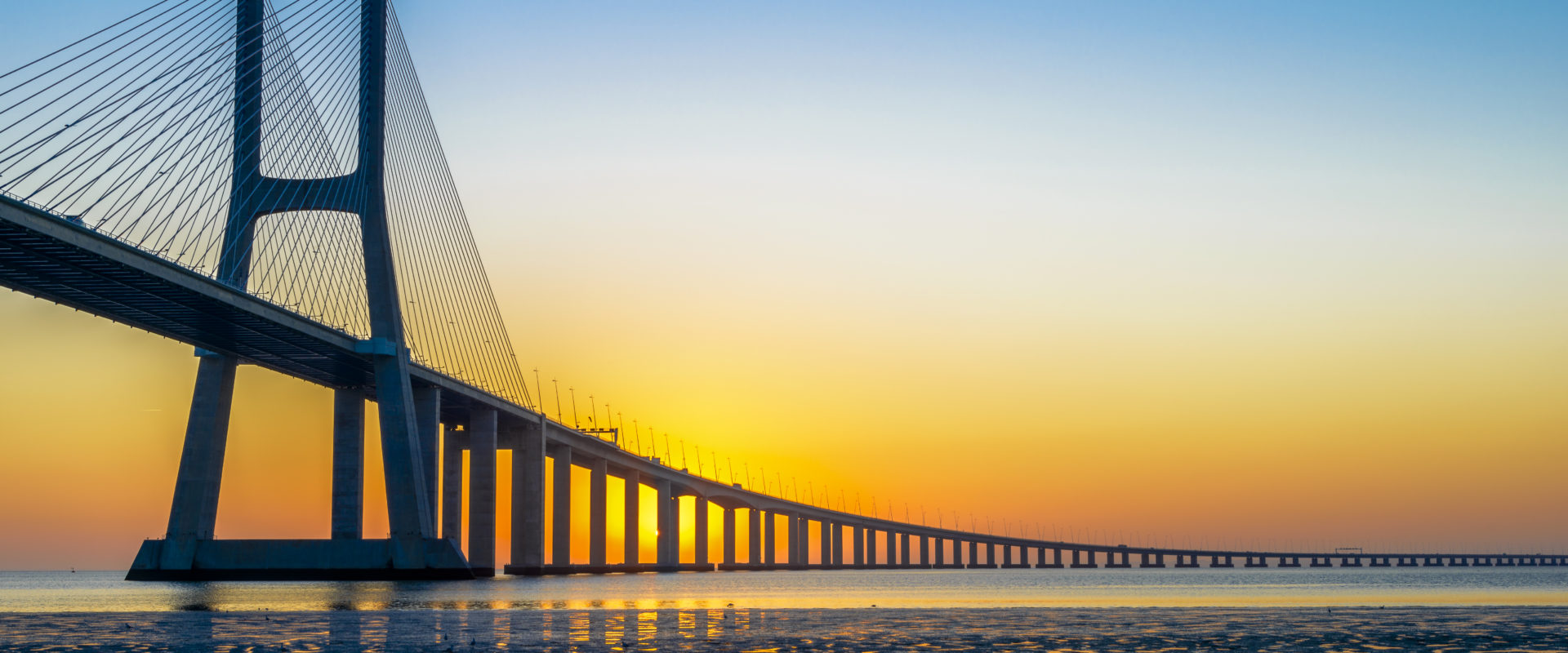
Lisbon
Visiting Portugal without spending at least a day in Lisbon, is not a proper visit.
Take some time to drive about 30 minutes towards south and you’ll be astonished with what you’ll see.
CASTELO DE SÃO JORGE
Lisbon castle, stands majestically above central Lisbon and was the ancient seat of power for Portugal for over 400 years. There are two distinct sections of the castle; the Moorish Castle (pre 12th century) and the Royal Palace (13-14th century). Very little remains of the palace being converted into a military barracks and then destroyed by the 1755 earthquake. The castle was equally ruined but was extensively restored (basically rebuilt) during the early stages of the 1920s republic government.
Much of the present castle dates from the 1920s when a significant restoration project was undertaken but this does not detract from the allure of the castle.
The battlements of Castelo de Sao Jorge provides fantastic views of the Baixa (downtown) district and the Rio Tejo (River Tagus) while the fortified citadel is steeped in history. The walk to the castle can be draining during the summer but Lisbon castle is one of the best tourist attractions of the capital.
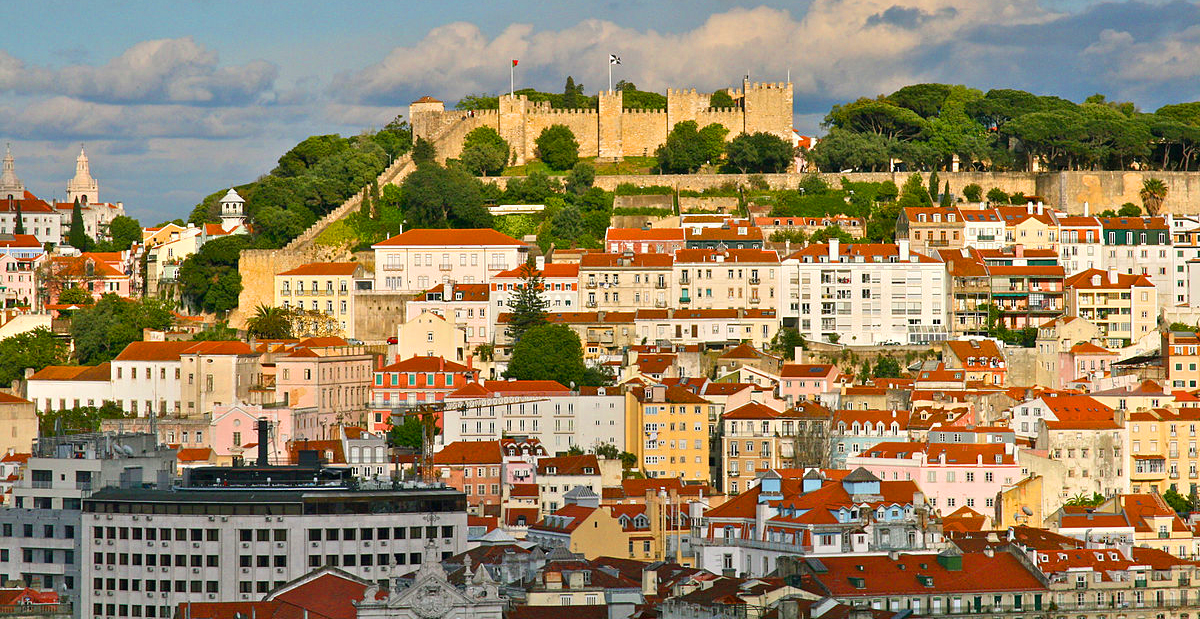
TORRE DE BELÉM
Another historical monument to appreciate is Torre de Belém. Standing on the waterfront at Belem, near the mouth of the River Tejo, arguably the most iconic symbol of Lisbon. Originally conceived as a lighthouse, the tower was eventually built as a defensive fortress on the orders of King Manuel I. Architect Francisco de Arruda was tasked with designing the tower.
Based in Évora and hailing from a long and illustrious line of royal surveyors and builders, de Arruda had worked on the nearby Mosteiro dos Jerónimos with his brother Diogo and similarly wrapped his new creation in a wealth of Manueline symbolism – highly decorative, carved stone maritime motifs including twisted rope and the Cross of the Order of Christ. North African and Italian architectural influences are also apparent. When it was inaugurated in 1521, the tower would have been much farther from the shore than it is today – the earthquake of 1755 shifted the river’s course, and in the 19th century, land on the north bank was reclaimed, making the river narrower.
Granted World Heritage status by UNESCO in 1983, the Belém Tower is today one of the most popular tourist attractions in Lisbon.
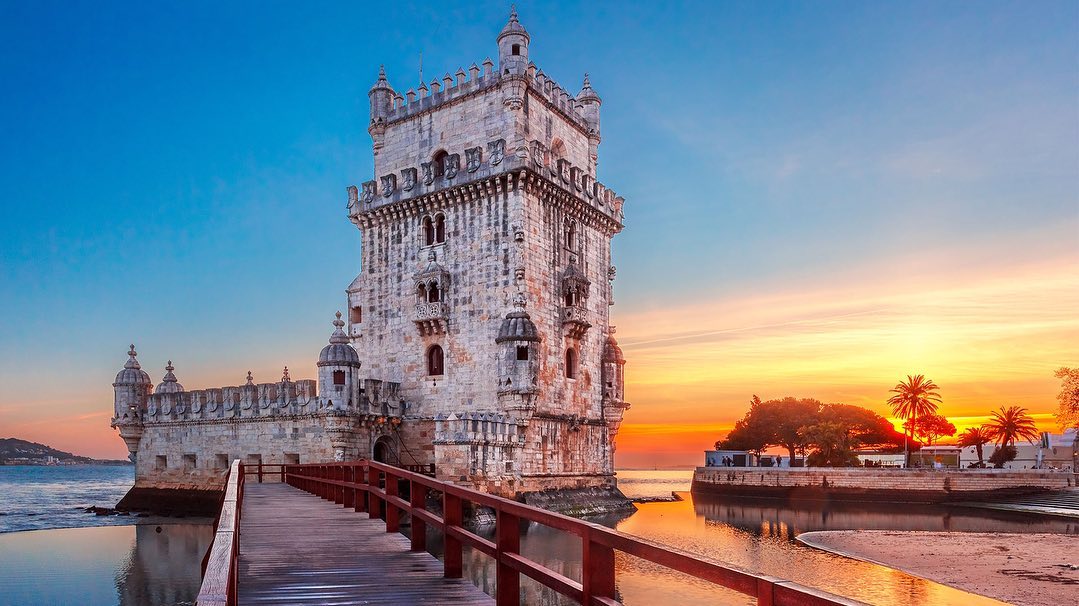
MOSTEIRO DOS JERÓNIMOS
One of the most cherished of Portugal’s historical buildings, the spectacular Mosteiro dos Jerónimos (Jerónimos Monastery) is located in the riverside suburb of Belém, west of Lisbon city centre, and is also a UNESCO World Heritage Site. Commissioned by King Manuel I in 1501, the monastery is an exuberant celebration of Manueline architecture – a fluid and decorative style of stonework that incorporates maritime motifs such as twisted rope and the armillary sphere.
Jerónimos’s design also blends late Gothic and Renaissance elements with regal Christian, and naturalist symbols that simply dazzle the eye. The monastery lies on the site of a former chapel built by Prince Henry the Navigator (and dedicated to Santa Maria de Belém) where Vasco da Gama is thought to have prayed in 1497 before his epic voyage to India.
Construction took nearly a century to complete and was overseen by several master builders, the most notable of whom was Diogo de Boitaca, replaced by João de Castilho in 1517. Diogo de Torralva and Jerónimo de Ruão were also instrumental in shaping the monastery’s sumptuous appearance. Monks of the Order of St. Jerome (Hieronymites) occupied the monastery and provided spiritual guidance to seafarers and navigators before they followed da Gama to embark on even longer and equally treacherous voyages to chart new lands. Thus the monastery became a monument to the wealth of Portugal’s extraordinary Age of Discovery, and both Vasco da Gama and King Manuel I, together with other illustrious figures, rest within its hallowed, limestone walls.
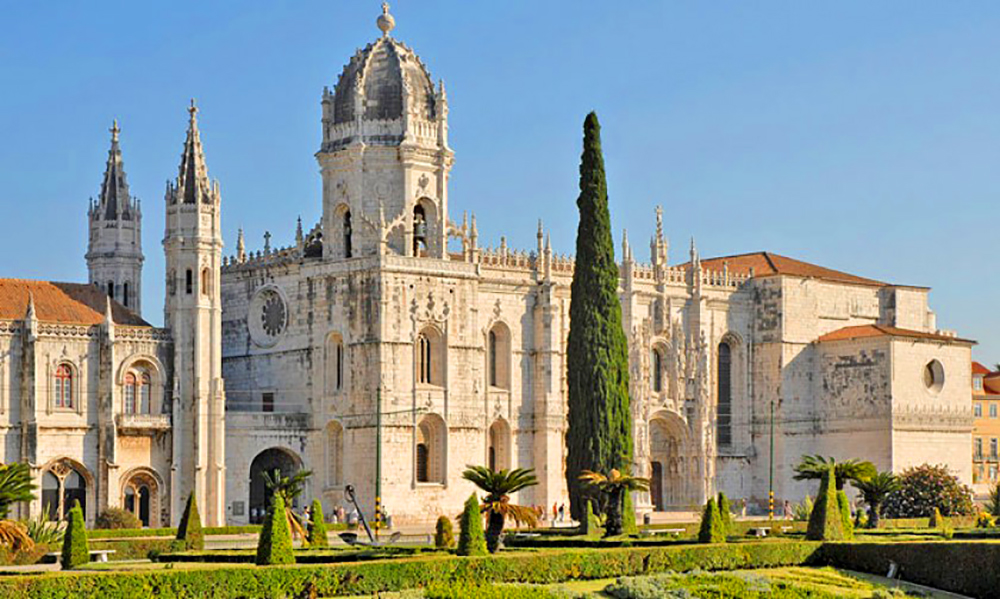
PADRÃO DOS DESCOBRIMENTOS
The Monument to the Discoveries (in Portuguese “Padrão do Descobrimentos”), created by Cottinelli Telmo (1897–1948) and the sculptor Leopoldo de Almeida (1898–1975), was first erected in 1940, in a temporary form, as part of the Portuguese World Exhibition. Built with perishable materials, it had a light iron and cement frame, while the moulded sculpture was made of gypsum (formed of plaster and burlap, and reinforced by a wooden and iron structure).
The monument was reconstructed in 1960 to mark 500 years since the death of the Infante Dom Henrique (Henry the Navigator). This time it was made of concrete and rose-tinted Leiria stone masonry, with the sculptures made of Sintra limestone masonry. Standing alone in a striking position on the breakwater on the bank of the Tejo River, the Monument to the Discoveries evokes the Portuguese overseas expansion, recalls the country’s glorious past and symbolises the enormity of the work carried out by the Infante, the driving force behind the Discoveries. A stylised caravel seems to be setting out to sea, with Henry the Navigator in its prow.
On the two lateral ramps ascending to the symbolic figure of the Infante are some of the major figures of the Portuguese overseas expansion and cultural figures from the age of the Discoveries, 32
in total, all portrayed with symbols that allude to their identity: navigators, cartographers, warriors, colonisers, missionaries, chroniclers and artists. The monument is flanked by two metal armillary spheres on two parallelepiped platforms.
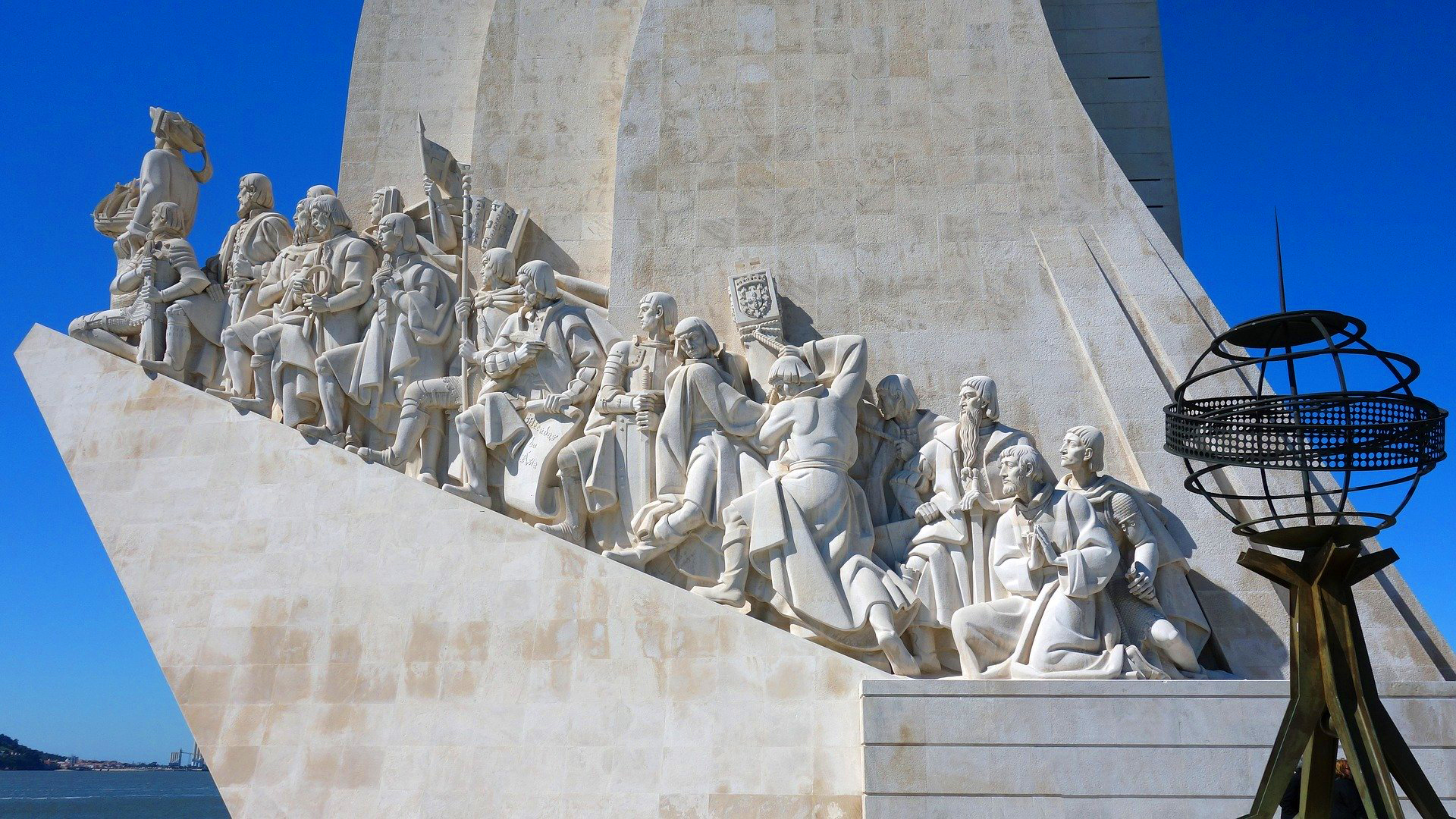
To close Lisbon’s visit in a fantastic way, take a moment to see Lisbon from a complete different perspective.
The Santa Justa Lift (Portuguese: Elevador de Santa Justa), also called Carmo Lift (Portuguese: Elevador do Carmo), is an elevator, or lift, in the civil parish of Santa Justa, in the historical city of Lisbon. Situated at the end of Rua de Santa Justa, it connects the lower streets of the Baixa with the higher Largo do Carmo (Carmo Square).
The lift is included on the historical guides of Lisbon, within the down-town Pombaline Baixa area between several older historical buildings in the quarter. It is situated in the Escadinhas de Santa Justa which connects the Baixa to the Rua do Carmo. The Escadinhas are actually part of the north-eastern urban wall of the Baixa and west of the Rua de Santa de Justa. The elevator
gives access to many of the important zones of the city.
To the north, towards the Rossio; to the south, the (Terreiro do Paço) Praça do Comércio and the river zone; while in the upper zone, there is access to the Largo do Carmo, the Trindade, Church of São Roque and the Bairro Alto quarter.
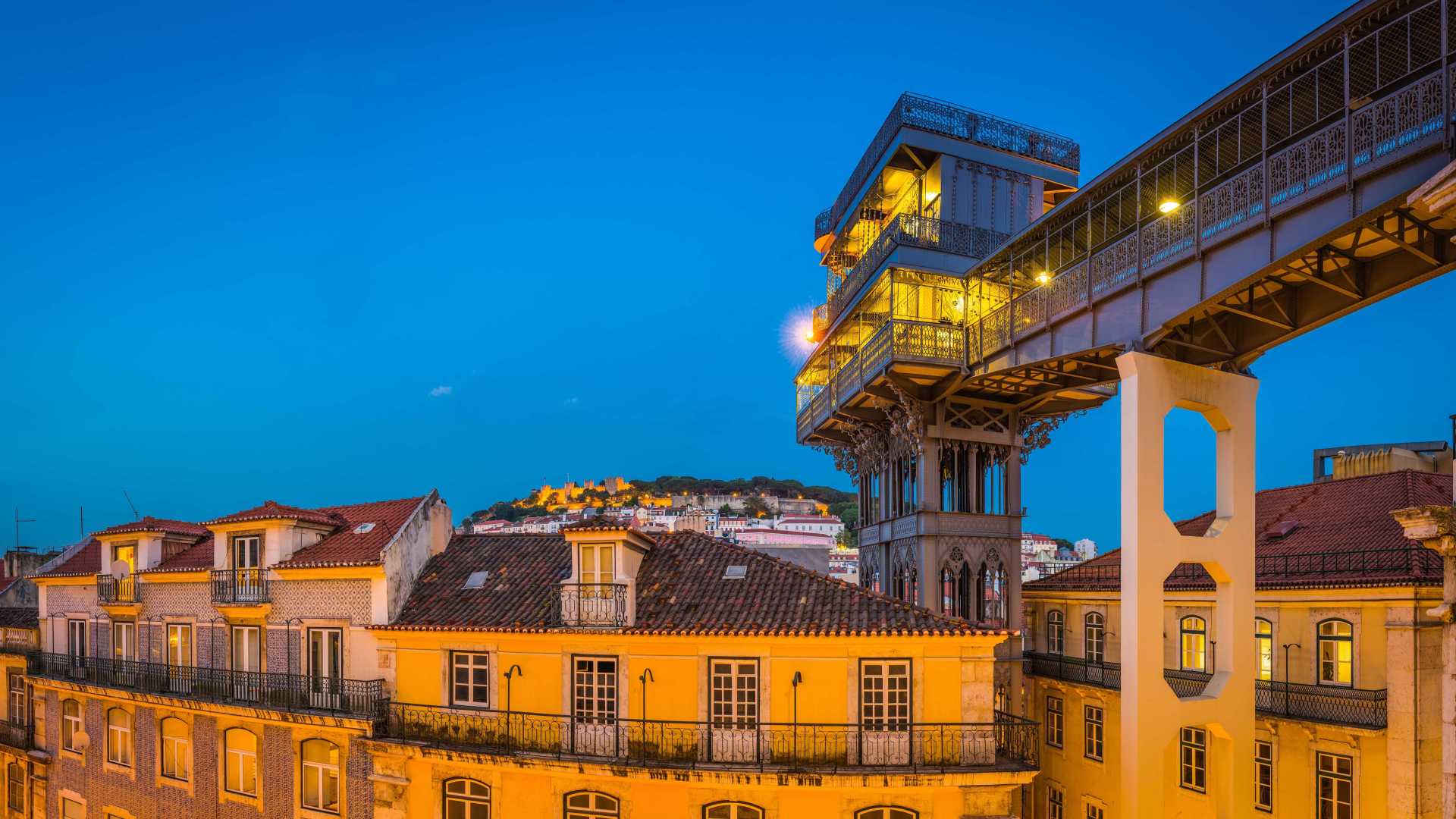
There are a few other recommendations:
Porto das Barcas & Peralta | Lourinhã | Sintra | Cascais | Mafra | Silver Coast
Additional information please reach out to us.

